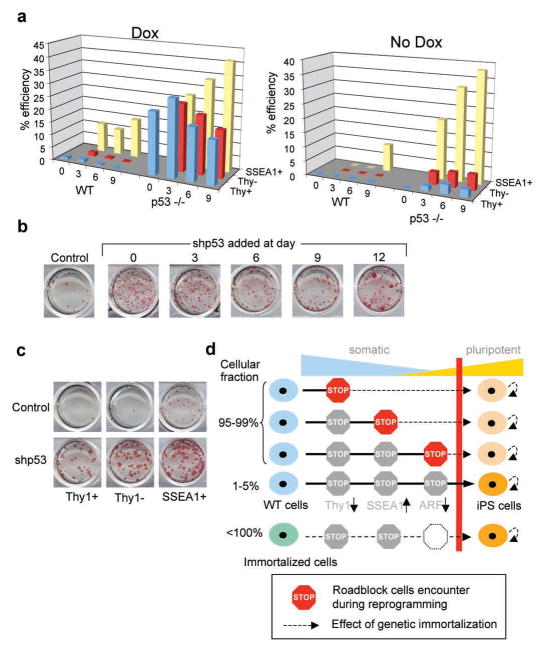Figure 4. p53 deficiency rescues reprogramming potential in cells that normally fail to form iPS cells.
(a) Comparison of reprogramming potentials of sorted Thy1+, Thy1− and SSEA1+ subpopultions in WT and p53−/− cells at different time points during reprogramming in the presence or absence of doxycycline (dox). (b) Acute inactivation of p53 by lentivirus expressing short hairpin (shp53) in secondary cells increases reprogramming efficiency at all time points. (c) Knockdown of p53 by shp53 recues potential of Thy1− and Thy1+ subpopulations to generate iPS cells. (d) Model summarizing the presented data; during factor-induced reprogramming, cells encounter different roadblocks such as the succesful silencing of somatics genes (e.g., Thy1), the activation of pluripotency genes (e.g., SSEA1) and eventually the acquisition of immortality (e.g., silencing of ARF). The low efficiency of the process is likely due to the capacity of rare cells to overcome these roadblocks. In immortal fibroblasts, however, almost every cell is endowed with the potential to produce iPS cells. Moreover, cells that have already encountered a roadblock can be rescued by acute inactivation of p53 (indicated by dashed black lines). Red bar illustrates the transition point between somatic (blue) and pluripotent (yellow) state.

